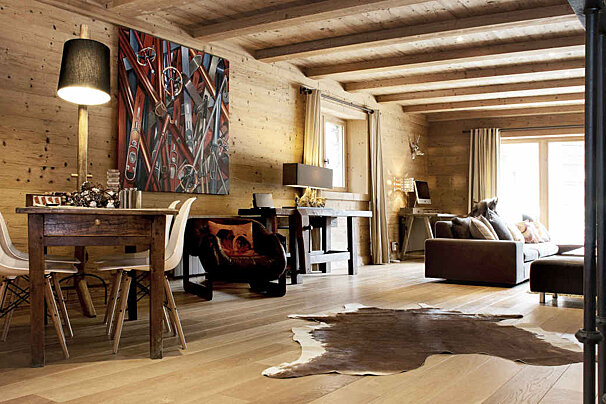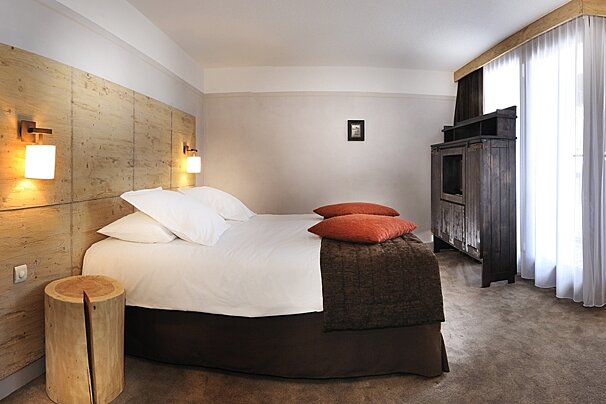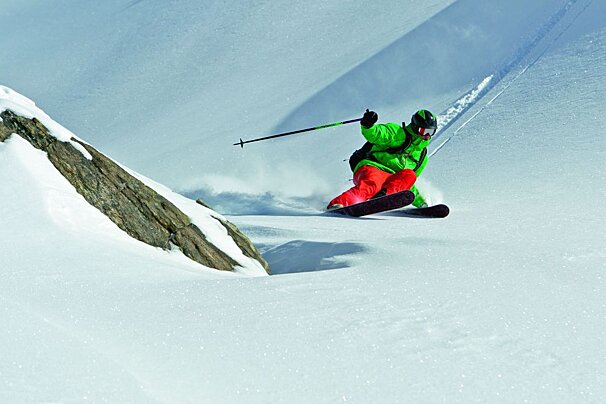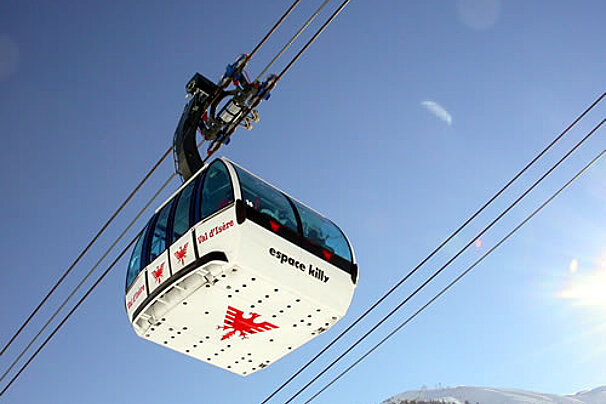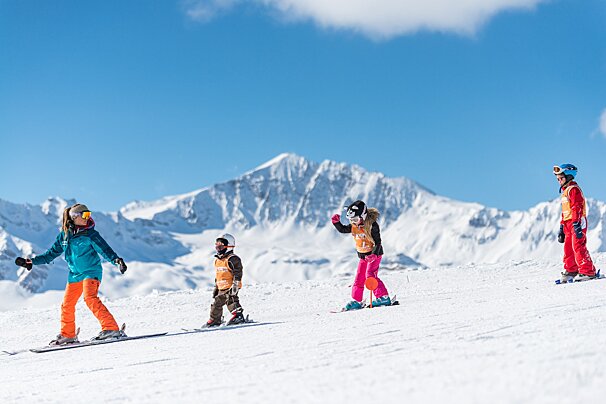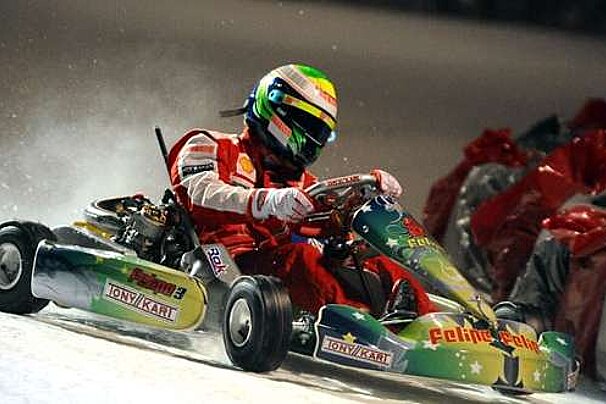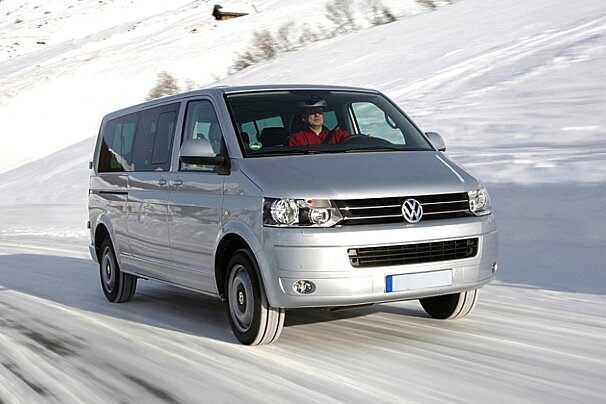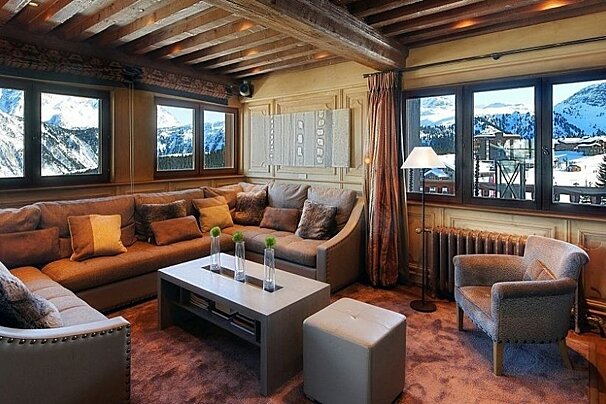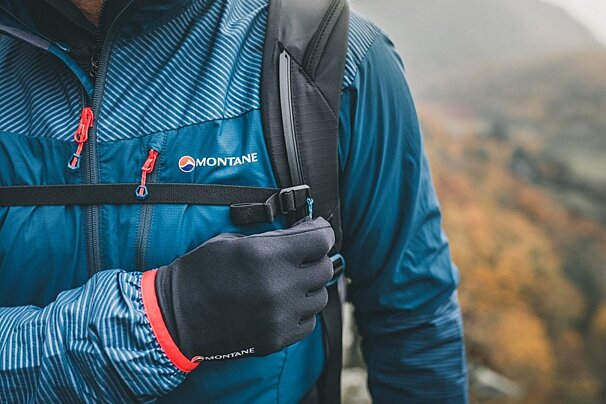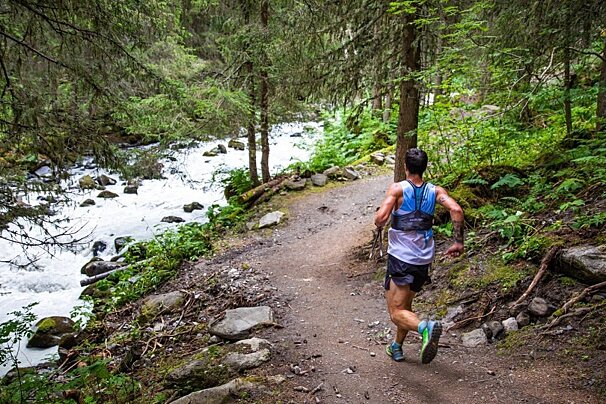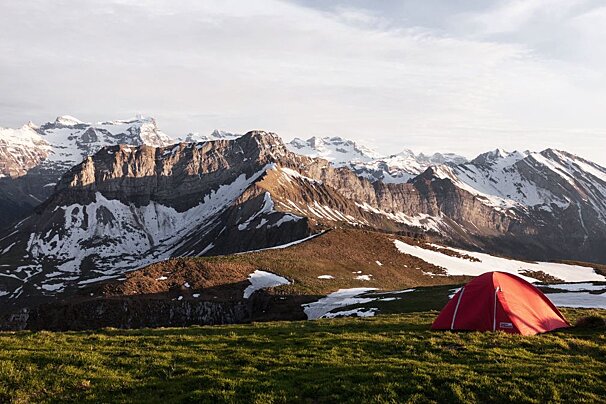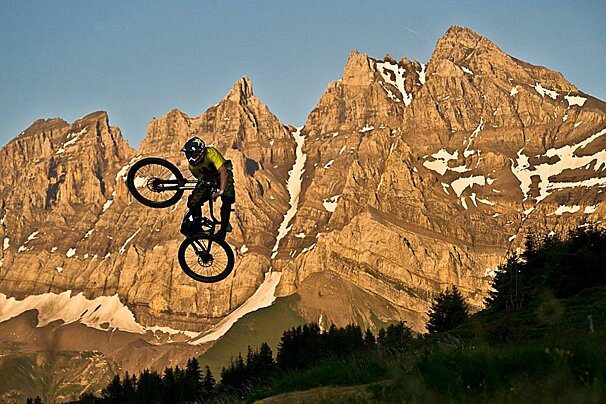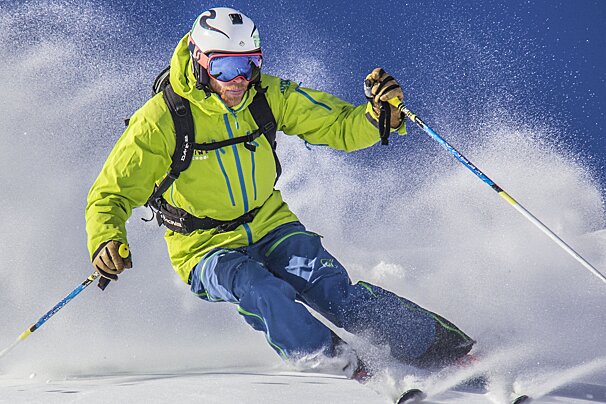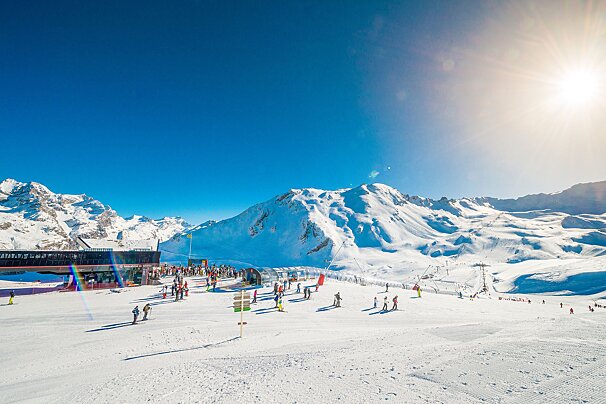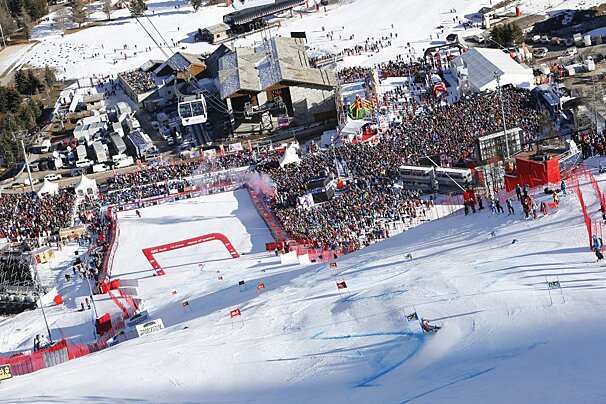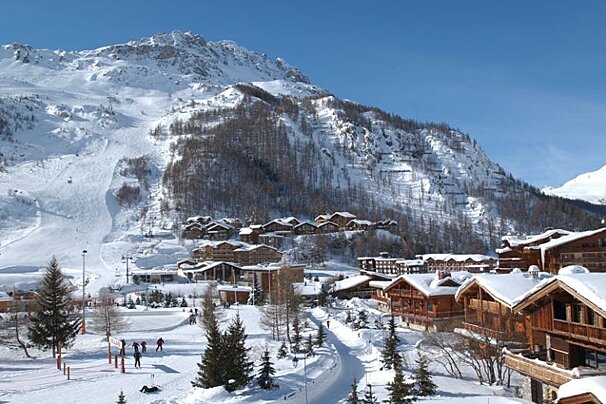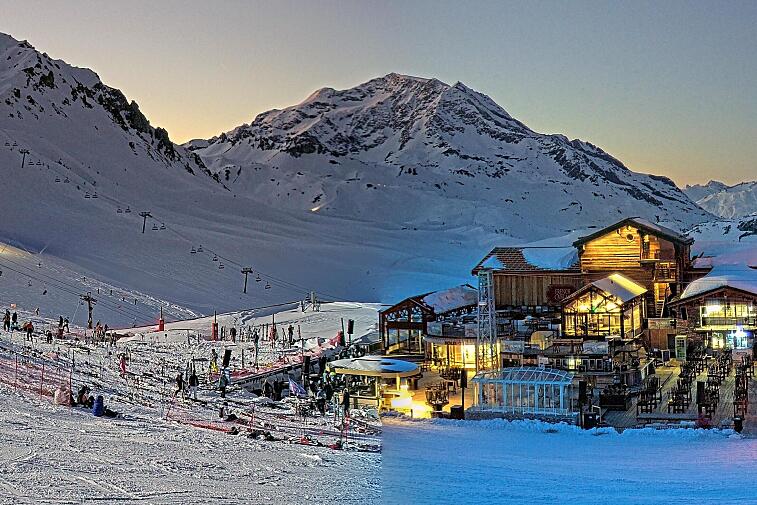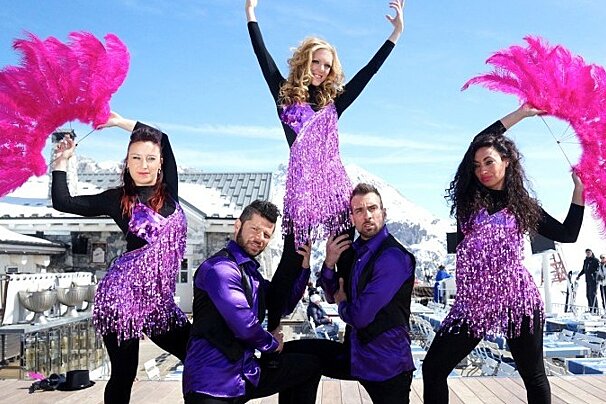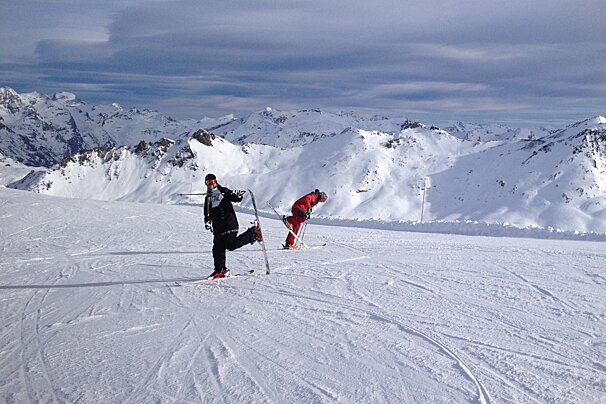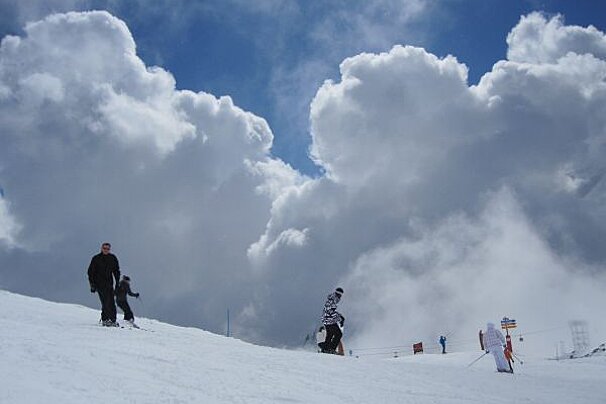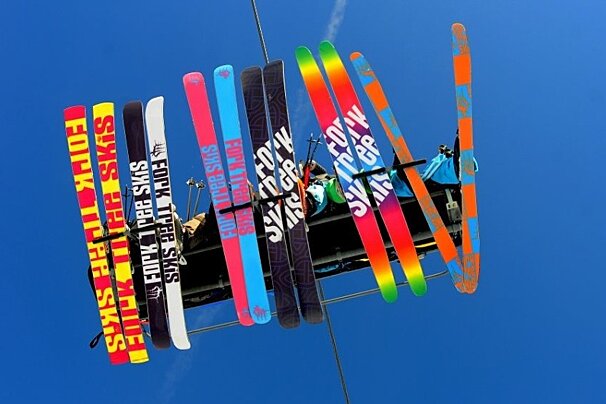
About Val d'Isère ski area
The combined ski domain of Val d’Isère and neighbouring Tignes, with its modern lift system and wide range of pistes, is a ski destination that will suit everyone.
Val d’Isère, linked with Tignes, offers around 300 km of marked pistes as part of one of Europe’s largest ski areas. Renowned for exceptional snowfall, it maintains excellent snow conditions often until May. The resort itself is charming, with traditional stone and wooden chalets, hotels, and shops, providing an authentic and picturesque alpine experience that blends superb skiing with classic French mountain village charm.
Jump to
Ski Area Overview
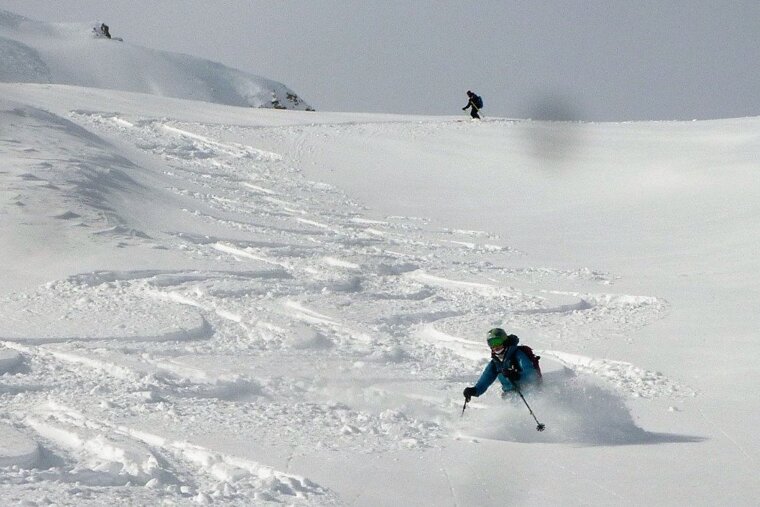
One of the most beautiful French ski resorts, nestled in a valley at the foot of the mountains with its chocolate box chalets and hotels, spread between the central town and its outlying villages. It remains a firm favourite with both British and French holidaymakers, many who come here year on year, to take advantage of some of the best skiing and snowboarding in the world. The three areas to know are Le Solaise, Bellevarde, Le Fornet.
Le Solaise
This is the resort's central skiing area and it's very popular, meaning at times it can be the busiest.
Bellevarde
The Bellevarde area is perfect for warming up on gentle pistes, with the green Grand Pré and blue Club des Sports runs off the Grand Pré chairlift. Its triangular bowl offers slopes facing three directions, providing varied skiing and stunning views of the Grande Motte, Grande Casse, and Mont Blanc. Bellevarde is easily reached via the Olympique cable car or the high-speed Bellevarde Express chairlift from the town centre.
Le Fornet
The Fornet area of Val d’Isère is quiet, with long, open, and often uncrowded pistes. Its glacier skiing up to 3,456m ensures excellent snow, and it offers some of the best and most accessible off-piste terrain. The area is reached via the Fornet cable car from Le Fornet village or the Leissières chairlift from the Solaise sector.
Tignes
Tignes' main resort sits on the edge of Le Lac at an altitude of 2,100m, and the lower villages still boast altitudes of 1,550m and 1,850m. The Tignes ski area can be split into four areas - La Grande Motte Massif, Palet | L'Aiguille Percée, Tovière and Les Brévières.
The Grande Motte
The Grande Motte glacier is Tignes’ highest point, a permanent snow-covered massif open every season. Accessible via the Funicular, chairlifts, and the Grande Motte cable car, it offers breathtaking views of the Vanoise National Park, Grande Casse, Mont Blanc, and Grande Sassière. Skiing includes wide blues and steeper reds, though conditions can be deceptively cold and challenging for learners.
L'Aiguille Percée - Palet
Tignes’ Aiguille Percée area is accessible from Val Claret via the Tichot chairlift and from Le Lac by the Palafour. It offers cruisey blue and red runs, including the quieter Percée Neige blue with stunning valley views. For spectacular scenery, take the Aiguille Percée chair and see the ‘Eye of the Needle’ before descending the long Corniche blue. Black runs are limited, with La Sache and Silene as options, and off-piste terrain is available to the right from the top of the chairlift.
Tovière
This Tignes area links with Val d’Isère and is reached via the Aeroski bubble from Tignes-le-Lac or the Tufs and Bollin chairlifts from Val Claret. It offers gentle blue runs and more challenging reds, including Combe Folle, which leads to the mogul-filled black Trolles piste into Le Lac. As the main connection to Val d’Isère, the area can get quite busy.
Les Brévières
The lower Tignes ski area is a sunny spot, ideal for a lunch break, especially in warmer months. It features mainly easy wide blue runs and some slightly more challenging reds. Tree-lined terrain also offers enjoyable off-piste options, making it useful for skiing in low-visibility conditions.
Summer skiing
Tignes also has a vibrant summer ski scene with snowparks up on the glacier, well-groomed pistes as well as gentle nursery slopes. It attracts ski teams, racers and freestyle skiers and snowboarders from around the world.
Ski Area Statistics
Located in the Tarentaise area of the Savoie department in the Northern Alps, the ski area offers over 300km of piste skiing and some of Europe’s most spectacular scenery.
Due to its location against the peaks of the Italian border, the Tignes and Val d'Isère ski area's record of snowfall is exceptional. Whilst benefiting from the same Atlantic depressions as other French resorts, it often receives heavy falls of snow from the Mediterranean low pressures which dump their snow on the Italian Alps.
| Skiable area | 154km |
| Resort height | 1,850m |
| Aspect | mostly south |
| Highest lift | 3,456m |
| Vertical drop | 1,900m |
| Pistes | 300km (Espace Killy) |
| Number of green, blue, red, black pistes | 11 / 38 / 30 / 10 |
| Longest piste | 3.5km |
| Number of lifts | 33 |
Ski Area Opening Dates
The winter season usually runs from mid-December to mid-April, with any early lift openings depending on snow conditions. January is ideal for quiet slopes and fresh snow, February is geared towards families on their school holidays, and in March and April expect sunny pistes and relaxing on mountain restaurant terraces.
If you're coming early or late in the season
It's a good idea to check which lifts are open in Val d'Isere. You might want to check the webcams too, for up to the minute view of the conditions on the pistes.
Linked Ski Areas
Val d’Isère and Tignes are directly linked by lifts and pistes, allowing skiers and snowboarders to move between the two resorts via a network of chairlifts, gondolas, and marked runs. Key connections include lifts from Tignes-le-Lac, Val Claret, and the Solaise area, making it possible to ski seamlessly between both resorts in a single day without leaving the ski domain.
Advanced areas in Val d’Isere
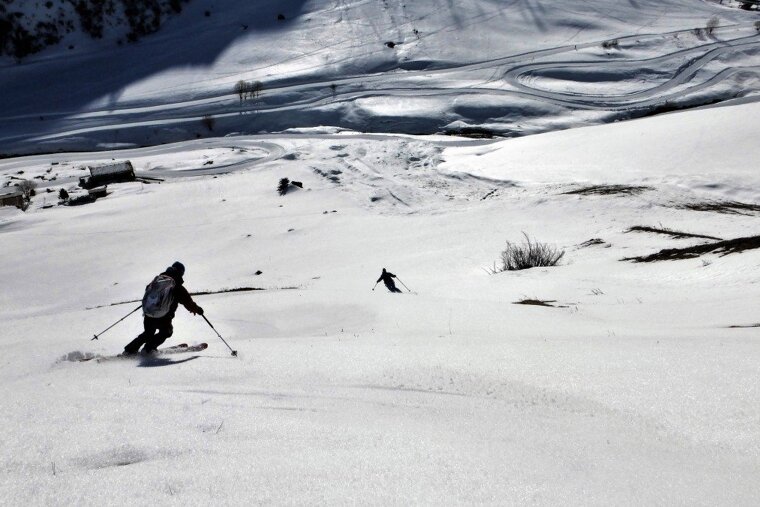
Val d'Isère has a number of challenging steep and deep pistes that are great for the advanced skier. Val d’Isère offers varied terrain across its key areas. Solaise features steep pistes like Cugnai, Arcelle, and the challenging S run, best skied mid-morning when conditions improve. Le Fornet is ideal for advanced skiers, with the black tree run Forêt and the steep red Signal lift. Bellevarde provides numerous steep descents to Solaise and La Daille, including the upgraded Face, mogul-filled Épaule du Charvet, and the challenging OK and Orange runs, all offering excellent morning conditions.
Beginner areas in Val d’Isere
There are two nursery areas in Val d’Isère – one in the centre of the resort and one in La Daille at the bottom of the pistes. In the main resort, a dedicated area with three free lifts serves two gentle green pistes, ideal for building confidence. Bellevarde and La Daille feature a small nursery at the funicular base, with a recommended green run from Borsat Express to Fontaine Froid. Solaise has wide, easy greens accessible via the Solaise Express, Glacier, and Madeleine chairs. Le Fornet provides quieter rolling blue runs, reached by shuttle, cable car, and bubble lift, perfect for practising skills in a serene setting.
Snowparks in Val d’Isere

In the Bellevarde area, the Val Park lies in the centre of the Bellevarde bowl just under the Mont Blanc chairlift and is serviced by the drag tow that runs up the side of the slalom course. Set out in clearly defined sections according to difficulty level - green, blue, red and black. There is also a small boardercross at the Borsat Express, perfect for the family.
Off-piste areas in Val d’Isere
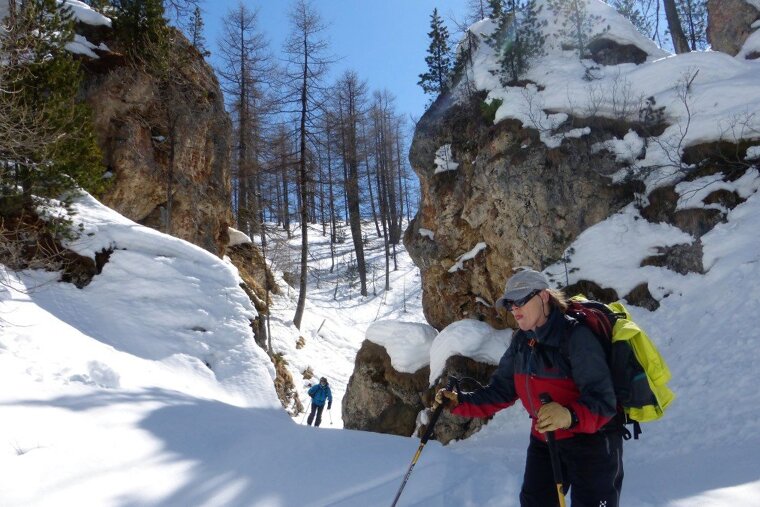
Given the size of the resort, it's no surprise there's plenty of places to head to on a powder day. Val d’Isère offers excellent off-piste opportunities across several areas. At Solaise, the Lavancher Couloir from the Solaise Express and the Piste l'Iséran route provide varied terrain, with steeper drops near Mattis. Bellevarde features the renowned Banana, Charvet Tour, and Face du Charvet areas, offering challenging descents with high avalanche risk. La Daille has accessible off-piste tracks for powder practice, while Le Fornet, quieter and less frequented, often offers untouched snow and fresh powder, making it ideal for adventurous skiers.
Bad Weather areas in Val d’Isere
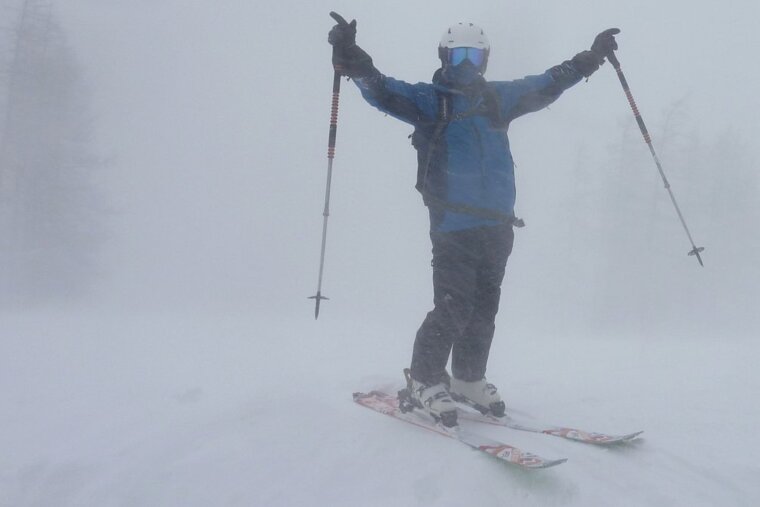
In poor weather, the best areas for visibility in Val d’Isère are the tree-lined slopes. The top of La Daille offers excellent contrast, while lower Solaise pistes like Piste M are also treelined but can be busier. Le Fornet provides quiet, wooded runs from the top of the cable car. Even if the valley is foggy, the mountain tops may be sunny, and rain in the valley often means fresh snow above, giving skiers access to pristine powder.


